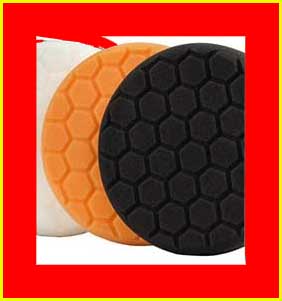- Reaction score
- 25
- Thunderbird Year
- 1957
Hello. I am still a novice when it comes to these cars, hence my pretty "basic" questions. I parked and noticed a pretty good coolant leak pooling about mid center of the car at the rear of the engine. I checked the heater and there is nothing that indicated that is leaking. I was told during some previous work I had done about 1 year ago that the core was pretty new. I have not been using the heater. Anyway, I checked carpets, etc and no indication of a leak there. It is a pretty good pooling, I do not see any hoses the obviously would have coolant flowing through them anywhere near that area. Looking over the rear of the engine as best I can from the top rear, I could see what appears to be coolant caught in small pools around the rear. it appears that there is coolant around a cover that is on the top of the engine between the heads. Could coolant be flowing below this cover, and because the gaskets have gotten bad, be leaking from there? And if so, does this indicate a much worse problem than just a bad gasket from this cover? I looks to be quite a process to get to this cover that would require removing the intake manifold and all that goes with that. Thanks in advance for any info help.
This page contains affiliate links for which I may be compensated. As an eBay Partner, and Amazon Associate I may be compensated if you make a purchase at no cost to you.



